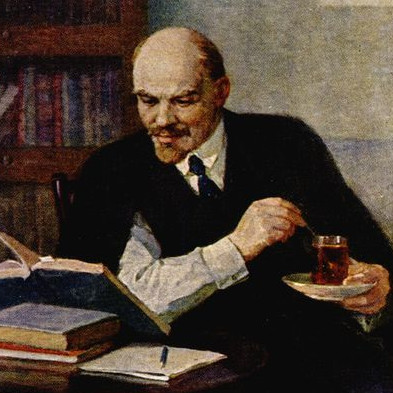

I guess what I’m getting at is that, just like with any race or nation or ethnicity or religious affiliation, Jewish capitalists have different interests compared to average Jews. To then act like the support of Jewish capitalists for the State of Israel is the result of them being Jews who happen to be capitalists, rather than them being capitalists who happen to be Jews, is incredibly… presumptuous, for lack of a better word? It’s an analysis that treats the existence of the State of Israel as beneficial for average Jews, and treats Jewish capitalists as having the best interests of Jews as a whole at heart.
I dunno, that’s how I see it, at least.







Omg this is so sad Alexa play 보천보전자악단 - “연길폭탄”